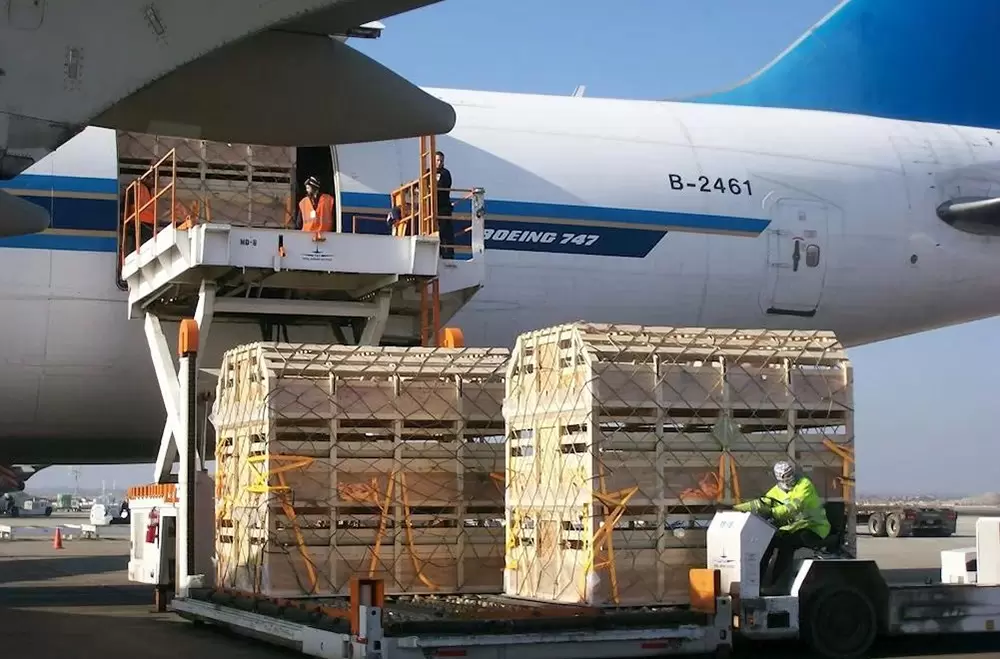Mastering Freight Cost Efficiency: Strategies for Smart Shipping
In the fast-paced world of logistics and supply chain management, controlling freight costs is paramount for businesses aiming to maintain competitiveness and profitability. With rising fuel prices, fluctuating demand, and complex regulatory environments, understanding how to save on freight costs has never been more critical. This article delves into advanced strategies that can help businesses optimize their shipping expenses while ensuring timely delivery and maintaining service quality.
- Understand Your Freight Spend
The first step in reducing freight costs is to gain a comprehensive understanding of your current freight spend. This involves analyzing historical shipping data to identify trends, peak shipping periods, and cost drivers. Utilize freight audit software to track and categorize expenses, which can reveal opportunities for savings. By understanding where your money goes, you can make informed decisions about where to cut costs.
- Optimize Shipping Routes
Routing optimization is a powerful tool for reducing freight costs. By analyzing shipping routes, businesses can identify the most efficient paths that minimize distance and transit time. Implementing route optimization software can help in determining the best routes based on real-time traffic data, weather conditions, and delivery windows. Additionally, consider consolidating shipments to reduce the number of trips and maximize load capacity.
- Leverage Technology and Automation
Investing in technology can yield significant savings in freight costs. Transportation Management Systems (TMS) can automate various aspects of the shipping process, from carrier selection to load optimization. These systems provide visibility into shipping operations, allowing businesses to make data-driven decisions. Furthermore, using predictive analytics can help forecast demand and adjust shipping strategies accordingly, reducing the risk of overstocking or stockouts.
- Negotiate with Carriers
Building strong relationships with carriers can lead to better rates and service. Regularly review your contracts and negotiate terms based on your shipping volume and frequency. Consider leveraging multiple carriers to create competitive pressure, which can lead to lower rates. Additionally, explore options for long-term contracts or volume discounts, which can provide more predictable pricing and savings over time.
- Choose the Right Shipping Method
Selecting the appropriate shipping method is crucial for cost savings. Evaluate the trade-offs between air, sea, and ground transportation. While air freight is faster, it is also significantly more expensive. For non-urgent shipments, consider using less-than-truckload (LTL) shipping or intermodal transportation, which can offer substantial savings. Always assess the total landed cost, including shipping, duties, and taxes, to make the most cost-effective choice.
- Implement a Freight Policy
Establishing a clear freight policy can streamline shipping processes and reduce costs. This policy should outline guidelines for selecting carriers, shipping methods, and packaging requirements. By standardizing these practices, businesses can minimize variability and inefficiencies in their shipping operations. Additionally, training employees on the importance of adhering to the freight policy can foster a culture of cost-consciousness.
- Monitor and Analyze Performance
Continuous monitoring and analysis of freight performance metrics are essential for identifying areas for improvement. Key performance indicators (KPIs) such as on-time delivery rates, freight spend per unit, and carrier performance should be regularly reviewed. Use this data to adjust strategies and make informed decisions. Implementing a feedback loop can help in refining processes and enhancing overall efficiency.
- Explore Alternative Shipping Solutions
Consider alternative shipping solutions that may offer cost savings. For instance, utilizing drop shipping can eliminate the need for warehousing and reduce inventory costs. Additionally, partnering with third-party logistics (3PL) providers can provide access to their established networks and expertise, potentially lowering shipping costs through economies of scale.
Conclusion
In conclusion, saving on freight costs requires a multifaceted approach that combines data analysis, strategic planning, and technology utilization. By understanding your freight spend, optimizing routes, leveraging technology, negotiating with carriers, choosing the right shipping methods, implementing a freight policy, monitoring performance, and exploring alternative solutions, businesses can significantly reduce their shipping expenses. As the logistics landscape continues to evolve, staying proactive and adaptable will be key to mastering freight cost efficiency and ensuring long-term success in the competitive marketplace.


